Artificial Insemination in Dairy Cattle, a Technology Tool for Genetic Improvement, and Increased Milk Production in the Rwandan Context
In Rwanda, the livestock sector, especially dairy cattle farming, contributes substantially to food and nutrition security, poverty reduction, and farmer income generation. Despite successes in cattle production systems, farmers and technicians encounter several challenges that impede the full expression of cattle’s performance. The main hindrances to full expression are inadequate cattle breeding management (including genetics and cattle health) and inadequate feed quality and quantity.
Over the last two decades, the Government of Rwanda (GoR) has initiated bovine genetic improvement by improving the productivity of local breeds by exotic breeds (both imported and locally produced) through artificial insemination (AI) technology. However, the long-term sustainability of utilization of this technology is undermined by several constraints such as a low conception rate and inadequate access to AI technology. To make bovine AI successful, the GoR invests in production of good quality semen and liquid nitrogen production for semen conservation, provides material and equipment, and regularly trains new AI technicians on cattle AI and reproduction management to provide proximity services at the farm level. Despite all the efforts to increase the use of AI technology, the conception rate at first AI service is still low, ranging from 20.8 to 42.2% (1).
Responding to these issues, a LASER PULSE project on Technology Tools for Building Resilience of Dairy Farms and Improving Dairy Production in Rwanda conducted workshops to discuss and understand current AI practice challenges encountered by AI technicians in Rwanda to provide good quality and and successful AI services at the farm level. These workshops took place from 1st to 4th November 2022 with 60 AI technicians in the targeted intervention areas (Eastern region, Southern region, and peri-urban area of Kigali). The project is led by the University of Rwanda – College of Agriculture, Animal Sciences and Veterinary Medicine (UR-CAVM) in collaboration with University of Global Health Equity (UGHE), Iowa State University (ISU), and University of Florida (UF), with the Rwanda Agriculture and Animal Resources Development Board (RAB) as the partner for Embedded Research Translation.
Picture 1. Dr. Solange Uwituze delivering her remarks to AI technicians participating in workshop in Kigali (Credit: Dr. Kizito Nishimwe)
Dr. Solange Uwituze, the Deputy Director General of RAB, opened the workshop by emphasizing the central role played by AI technicians in meeting the current dairy demand by assisting farmers in increasing milk production, not only through AI services but also providing advice on dairy farm management. Dr. Uwituze also encouraged AI technicians to organize themselves in cooperatives or businesses to boost their productivity and facilitate the GoR to grant them the necessary support.
During the workshops, participants learned from RAB experts on (i) cattle reproductive disorders and their management and (ii) standard operating procedures for cattle semen storage and handling. After the lectures, the workshop participants had the opportunity, through focus group discussions, to discuss the encountered challenges and formulate recommendations for improvement to the RAB team. Easy access to AI equipment and materials and transport facilitation were among the pressing challenges highlighted by participants. The RAB team pledged to adequately review the AI materials and equipment supply chain for making bovine AI successful. A comprehensive report of all challenges highlighted, as well as recommendations, will be publicly available and utilized by RAB to help design appropriate refresher courses for AI technicians by the project team.
Picture 2. Participants in FGD discussing AI challenges and formulation of recommendations intended for RAB (Credit: Dr. Kizito Nishimwe)
The main objective of organizing these workshops was to identify gaps in the knowledge of AI technicians and be able to design refresher courses for them. In addition, it was an opportunity for RAB to learn from and listen to the challenges of AI technicians to jointly identify potential solutions toward addressing the low success rate of AI in Rwanda. The next step is to design refresher courses based on identified challenges intended for AI technicians.
These workshops were conducted as part of the LASER PULSE project to tackle and explore solutions for the dairy sector using technology tools. Additionally, the team is developing a mobile smartphone application to allow dairy cattle farmers to formulate a balanced feed ratio at the lowest cost based on locally available feed ingredients, which is targeted for release in January 2023. An early laboratory-based diagnostic method is also intended as a solution to assist farmers in knowing the pregnancy status of cattle after AI or natural mating. The early diagnostic method will help bring back a non-pregnant cow to mating or artificial insemination as quickly as possible. This method will ensure that farmers achieve breeding efficiency, with each of their cows having a calf yearly. The project will conclude in May 2023 and additional materials will be made available thereafter.
(1) Nishimwe, K., Bizimana, J., Manishimwe, R., Ayabagabo, J., Byukusenge, M., Habimana, R., & Bareeba, F. (2015). Factors affecting the pregnancy rate in small scale dairy farms after the artificial insemination in rural area, RwandaNyabinwa, P., Kashongwe, O.B., Habimana, J.P., Hirwa, C. d. A., Bebe, B.O., 2020. Effects of endometritis on reproductive performance of zero-grazed dairy cows on smallholder farms in Rwanda. Animal Reproduction Science. https://doi.org/10.1016/j.anireprosci.2020.106584.
Picture 3. Participants in workshop – Nyagatare District (Credit: Dr. Kizito Nishimwe)
Picture 4. Participants in workshop – Kigali (Credit: Dr. Kizito Nishimwe)
Picture 5. Participants in workshop – Huye District (Credit: Dr. Kizito Nishimwe)
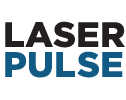


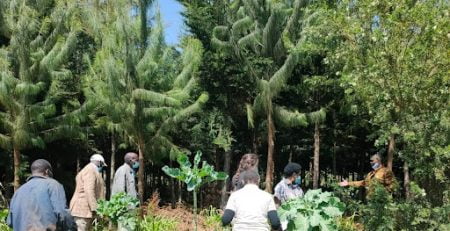
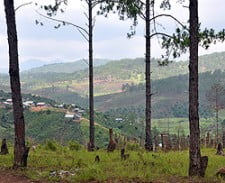
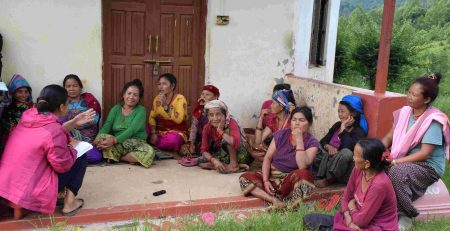
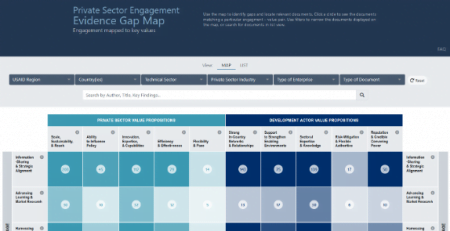
Leave a Reply
You must be logged in to post a comment.